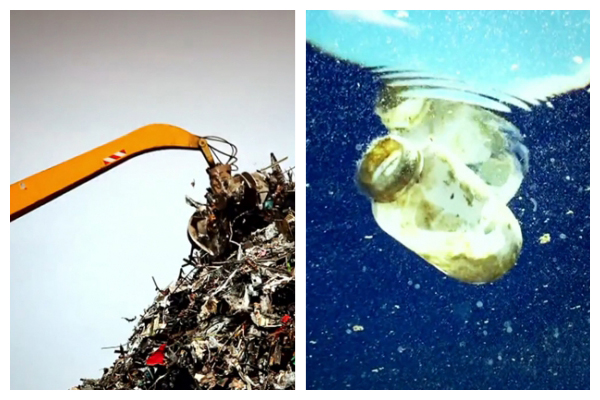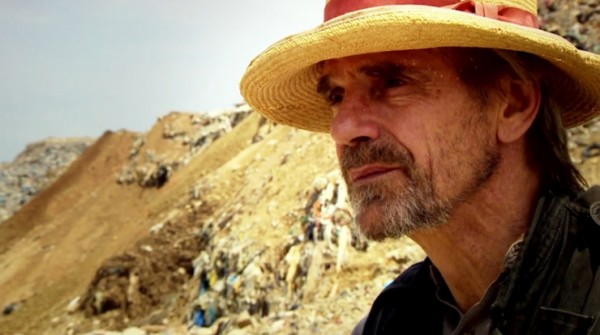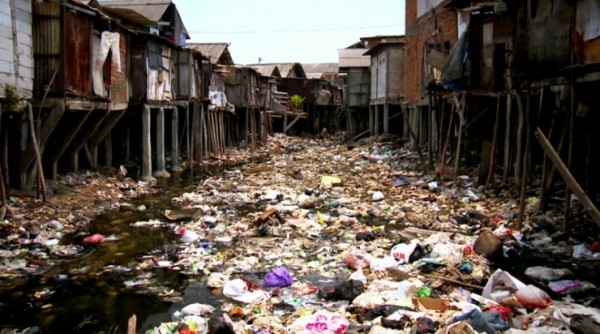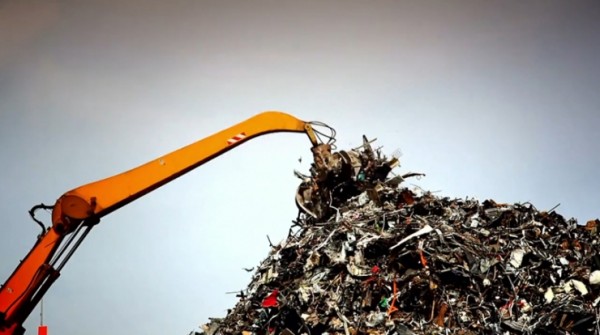There’s a reason nobody plans a trip to the world’s greatest waste disposal sites.
Well, nobody but Jeremy Irons. In his new documentary film Trashed, the British Academy Award winning actor travels around the globe to explore the shadow side of human longing and ambition, manifest in our ever-growing appetite for material consumption. Trying to find out what happens to the 58 billion disposable cups, billions of plastic bags, 200 billion liters of water bottles, billions of tons of household waste, toxic waste, and e-waste we throw away each year, Irons’ journey takes him from European incinerators belching invisible clouds of dioxin to the Chinese countryside littered with toxic debris. If there were a Frommers Travel Guide to the Hidden Monuments of Human Shortsightedness, Trashed would be the movie companion.




